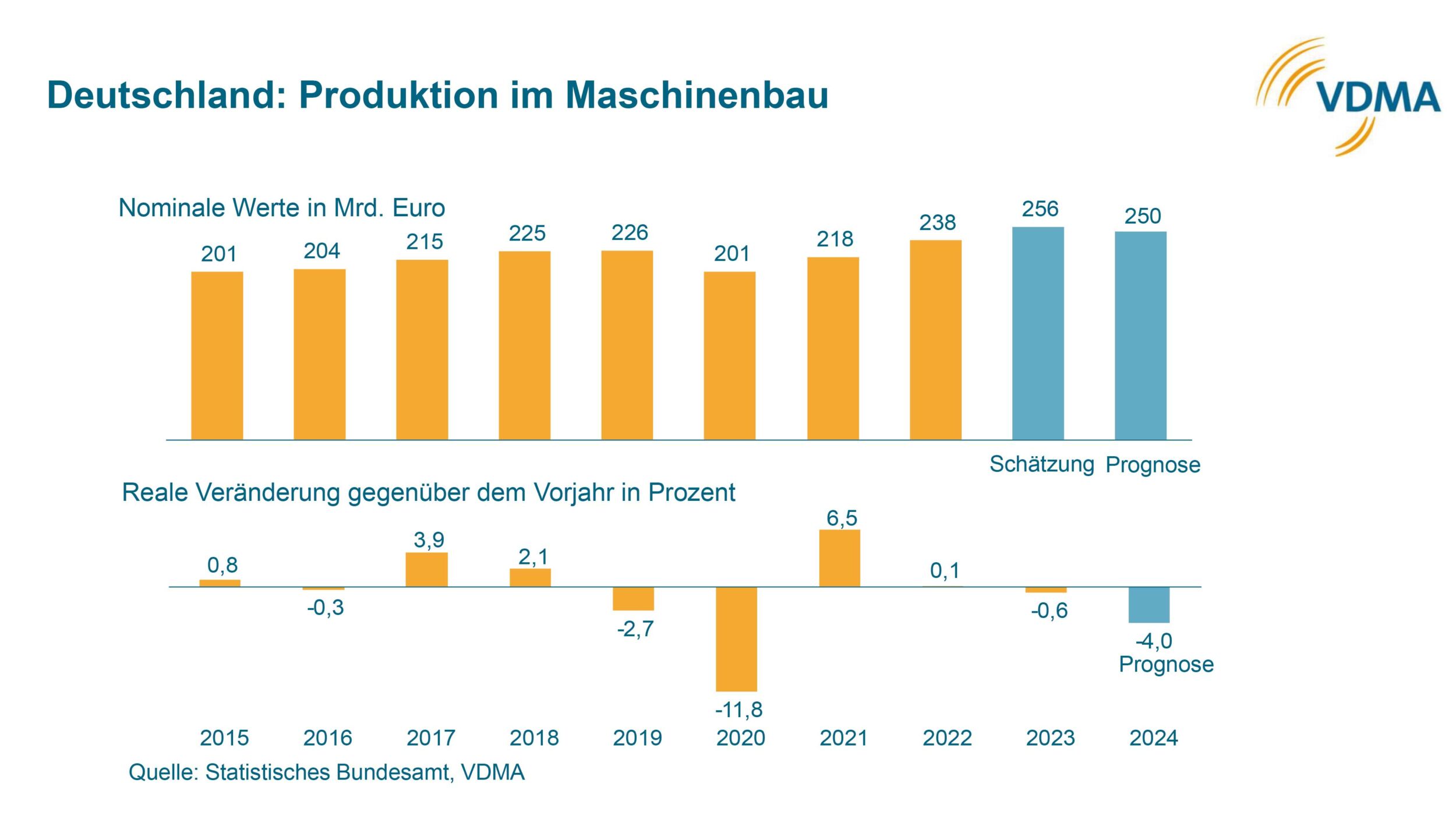
Everyone is talking about AI Vision: Are AI systems already being used?
Peter Droege (Maddox AI): We had a couple of surveys around that topic. 80% of the respondent said that they still operate with manual quality control. 70% said that they believe that AI-based inspection systems are ready for regular production. At the same time only 17% of that persons already use AI systems, so there is a clear gap between understanding that AI can be something that is helpful and actually implementing it. The reasons for that gap are different. One is the costs. Then AI is a new technology and there are a lot of players on the market. So it is pretty hard to understand who is the leading player and who is save to operate with. Is it a startup or better a bigger company? The survey showed that 90% of the time is being spend not for the algorithm part but at the data quality part. Is an error that has been marked by one expert also marked by another expert? Most of the AI systems don’t address data quality with a high enough urgency.
Florian Güldner (ARC Advisory Group): I remember an ARC workshop where someone from Dow Chemicals said it’s fine that all the challenges are not AI challenges, it’s organization, it’s data, it’s people… not saying that there are no technological challenges, but the big challenges which can make or break a project are not AI and technology. AI is already being used. More and more people have company wide, enterprise wide or even (inter)plant wide programs for AI to push that technology and they try to scale it as much as possible.
Daniel Routschka (IDS): We need to differentiate because there are different applications. If we look at embedded systems it is already in serious production. In simple applications where in most cases vision sensors are added by an AI component, AI is one tool among many. If you do classifications, simple object detection, Deep Learning OCR, AI is already being used with good results and visible on the shopfloor level. In the higher price segment these applications are often very customer specific and more time consuming and therefore usually linked to non-disclosure agreements. At one of the presentations before DeGould showed that their car inspection tunnel with AI is already being used in eight out of ten major OEMs. In most cases, the companies are just fixed and won´t talk about it. Huge enterprises have AI departments to bring AI into a brighter level in huge applications. AI is already in serious productions but it can be more.
Christian Eckstein (MVTec): Like any new technology, AI has to prove for each application that it is better than the alternative, and this is not necessarily the case. The project costs in total are sometimes more expensive, and deep learning requires a lot of performance, not only in terms of data, but also in terms of processing performance, because sometimes we are talking about cycle times of only a few milliseconds. In production, everything is constantly changing. So you think that your system is running but then something changes. With traditional machine vision you can react just by changing some settings or parameters. With AI you have to retrain and modify your data and go back and restart the entire process.
What is the main problem for users starting with AI?
Droege: It depends on the application. Some cases have a clear benefit and are easy-to-use. But look at a more complex inspection with 20 different classes and probably some of these awesome marketing promises that say everything is OK with fifty samples. That will not be the case. The real difficulty lies in finding a consensus between what people want and what quality experts actually consider to be an error is. If you give the same hundred parts to two different experts and look at the consistence how many of these parts are rated differently between these two experts, the companies‘ expectation is 15%. But the reality that we see in our project is closer to 30%. Because we now digitized this problem, we can solved it. But then it all comes back to the data issue. What we need is some kind of data debugging tool to show where consensus failed and build consensus in terms of data quality.
Eckstein: The problem is not the complexity of the system itself, because conventional machine vision can be just as complex. With AI, the interaction is quite simple: you label data, you have a good data set, train it, and then it works or it doesn´t. I don’t think the system itself is too complex, it´s the process to reach a good model which is complex.
Routschka: From the sales point of view, it’s important to limit the customer’s expectations, somewhat, because in most cases it starts with this one bug thats’s been there for years, and if you can solve this problem with AI, it doesn´t matter in the end, because the customer wants to see more details, solve more defects and wants a whole solution. The expectations may grow within the project and it has to be clear at the beginning what are the expectations and what is the level we need to achieve.
Güldner: That is exactly what happens. Your start with a single problem: ‚I want a solution and AI could be the right technology‘ and then you involve more people in your project and then the scope goes out of proportion and in the end, you pitch it to the management and say: ‚AI solves all our problems‘ and then of course you fail. You have to speak over the application and expectations right at the beginning.
Is AI Vision lowering the barrier for the user, or is it rather about solving unconstrained applications?
Droege: It can be both. There are certain applications where the variability of the real world is so wide that it will be very hard to automate for a classic vision system. There are cases where AI will be beneficial and helps to solve certain tasks that we were not able to solve before. In terms of lowering barriers I would say ‚yes‘, because in many cases you do no longer need a vision or coding expert to create a system, but there are different tasks and complexities that arise. We already talked about the data quality issue. Looking at the data is just a different approach, but it’s not very common right now. So you have to educate the people. More people can use AI systems if they understand the way how to interact with an assistance through image annotations.












